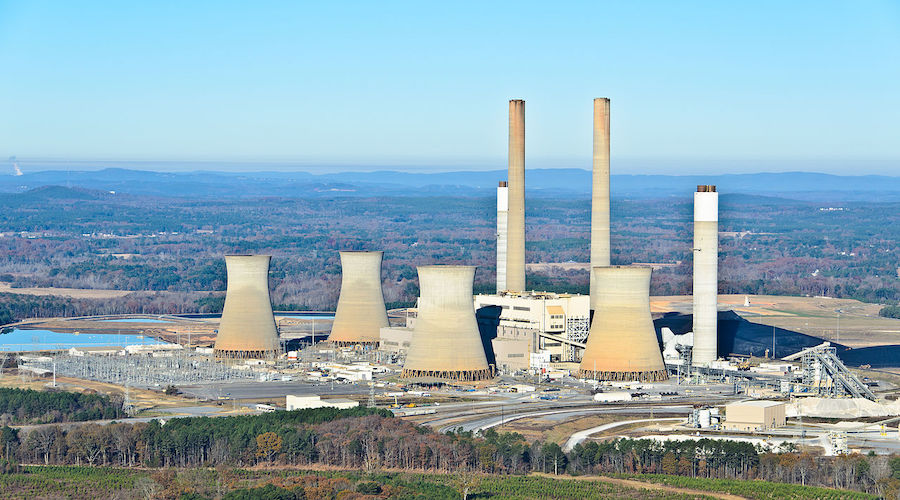
According to Jha, a regulatory mechanism is at play when it comes to why power plants specifically might exhibit risk aversion when purchasing inputs, arguing that regulators in practice are less likely to incorporate high input cost realizations into the output price they set for utilities. Utilities respond to this regulatory practice by taking costly actions to reduce the variance of their input costs.
Jha specifies an illustrative model in which an expected profit-maximizing firm receives a regulated revenue stream. This regulated revenue stream only reimburses the firm for total costs below a particular “prudence” threshold. Jha demonstrates that the price-regulated firm in this framework does not minimize expected total costs, instead expressing preferences for both a lower expected total cost and a lower variance in total.
The researcher estimates the degree of risk aversion exhibited by US power plants using transaction-level data on the coal purchases made by virtually every power plant in the United States from 1983–97. The spot price uncertainty faced by each plant in each month is estimated using a panel-data version of a third-order autoregressive model for the growth rate of spot prices; both the mean and the variance of this growth rate are allowed to vary by the region where the plant is located and month of the year.
He finds that power plants facing more spot coal price uncertainty sign longer duration coal contracts, purchase contract coal from a larger number of origin counties, and pay higher contract coal prices on average. To put his estimates in perspective, Jha notes, that “if every power plant purchased all of their coal from the spot market, the annual aggregate cost savings would be $2.9 billion on average.”
The results indicate that a 10% increase in spot price uncertainty is associated with a 0.9% increase in contract coal prices and that both risk aversion and relationship-specific investments are important determinants of the coal contracting behavior of US power plants.
“This suggests that any empirical analysis of contracting should account for the roles played by both transaction costs and risk aversion,” Jha said.
His estimated effect of spot price uncertainty on contract prices implies that plants are willing to trade off a $1.62 increase in their expected total costs for a $1 decrease in their standard deviation of total costs. “This is far larger than the risk premiums traditionally paid in commodities markets, suggesting that price-regulated electric utilities have an especially low tolerance for risk,” the expert pointed out.
Jha uses his estimate of risk aversion to conduct a simple simulation analysis of the cost-effectiveness of a carbon tax relative to cap and trade. The inputs to this simulation analysis are plant-level risk aversion, the mean of the permit price, volatility in the permit price, and the correlation between the permit price and the spot coal price.
The carbon tax is set equal to the mean permit price, noting that the conditional variance of the carbon tax is equal to zero. At the central parameter values, the ratio of the aggregate costs incurred by plants under cap and trade relative to the carbon tax is 1.27. When the risk aversion parameter is set to 50% of his estimate, the relative cost-effectiveness ratio is 1.13. This relative cost-effectiveness ratio is thus highly sensitive to the assumed level of risk aversion.
“The results of my simulation analysis highlight that risk aversion should play an important role in the decision regarding which of these two policy instruments are implemented,” the researcher concluded.




